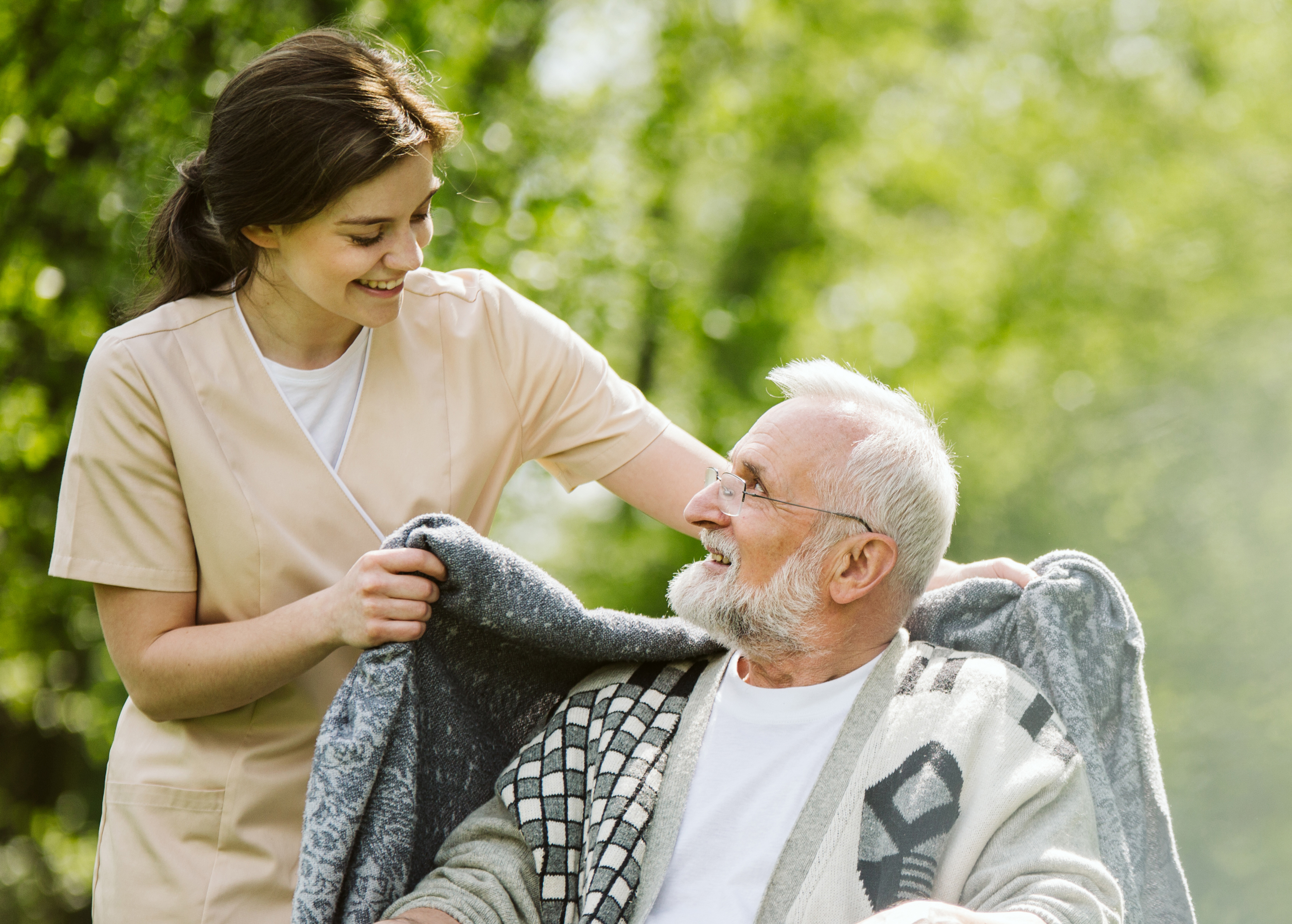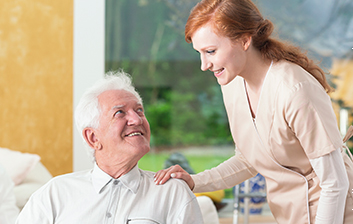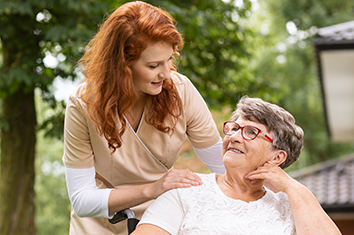In home nursing, nebulization is a common procedure used to administer medication directly to the lungs through inhalation. It is often prescribed for individuals with respiratory conditions such as asthma, chronic obstructive pulmonary disease (COPD), or respiratory infections. Here's how home nursing typically involves nebulization:
1. **Preparation**: Home nurses prepare the nebulizer machine and medication as prescribed by the client's healthcare provider. This involves assembling the nebulizer, measuring the correct dosage of medication, and diluting it with saline solution if necessary.
2. **Administration**: The home nurse assists the client in positioning themselves comfortably, usually in a sitting or upright position. They then place the medication into the nebulizer chamber and connect it to the compressor. The compressor converts the medication into a fine mist or aerosol, which the client inhales through a mouthpiece or mask over their nose and mouth.
3. **Monitoring**: During the nebulization treatment, the home nurse monitors the client for any adverse reactions or complications, such as difficulty breathing, coughing, or chest tightness. They also observe the client's respiratory rate and effort to ensure proper inhalation of the medication.










